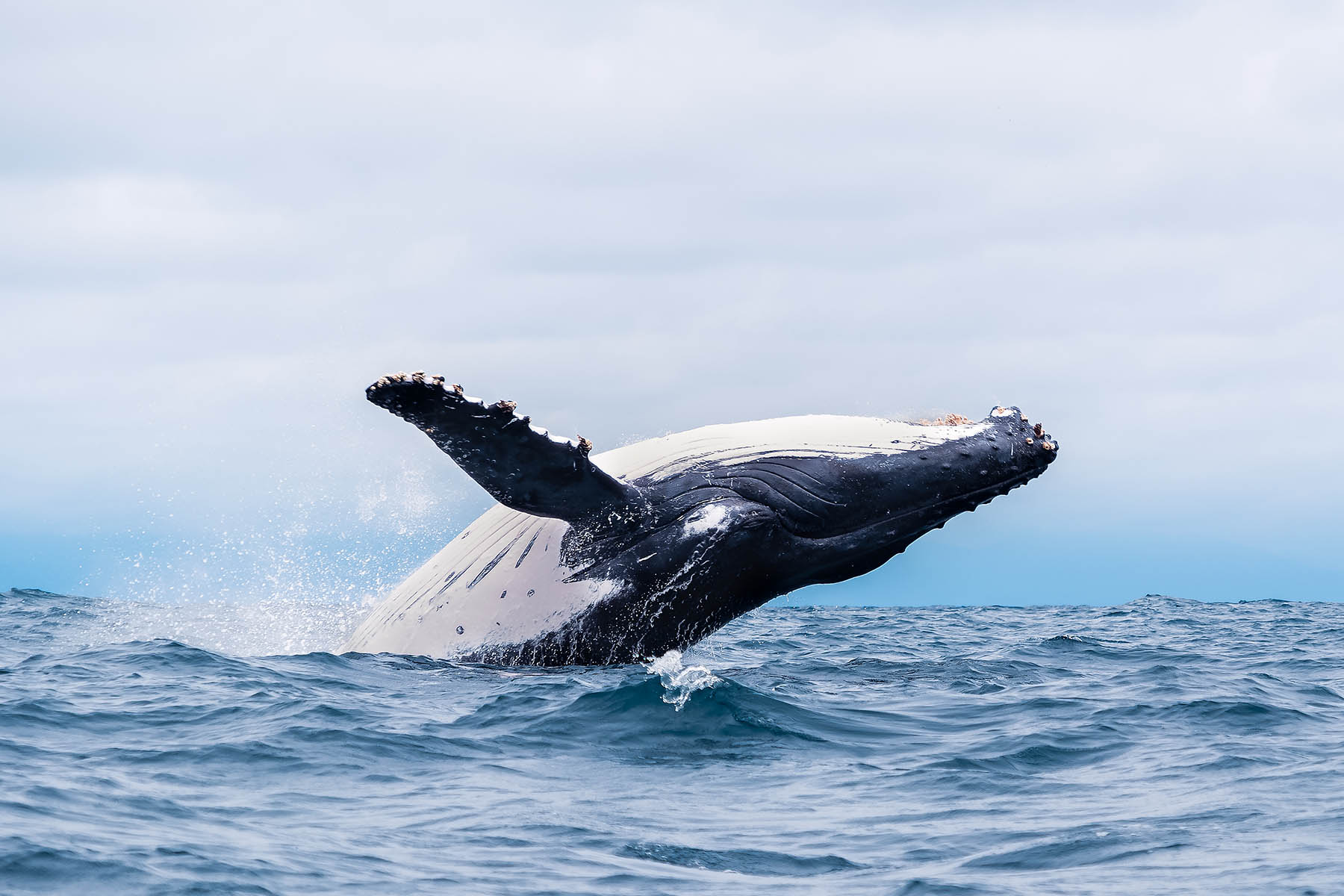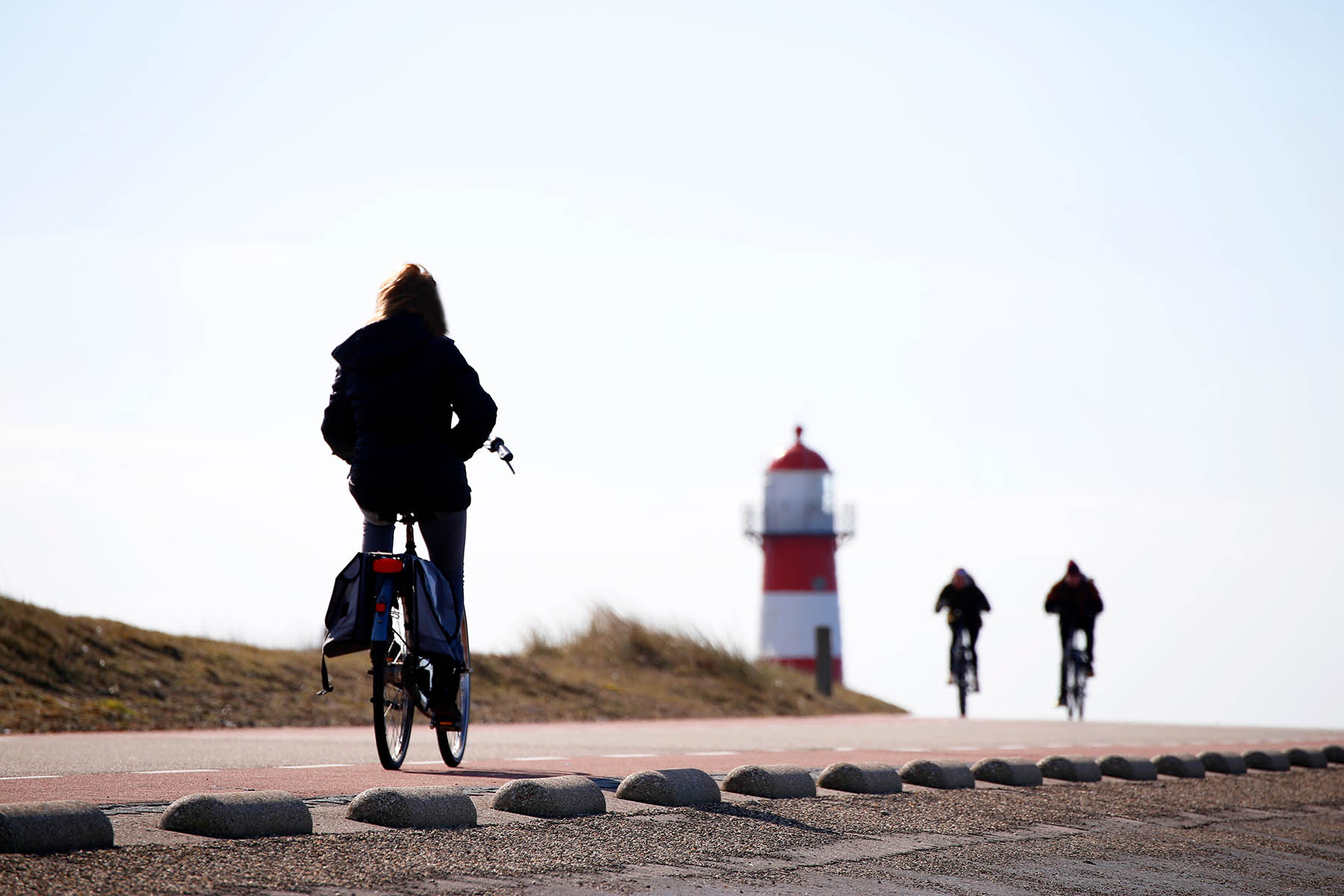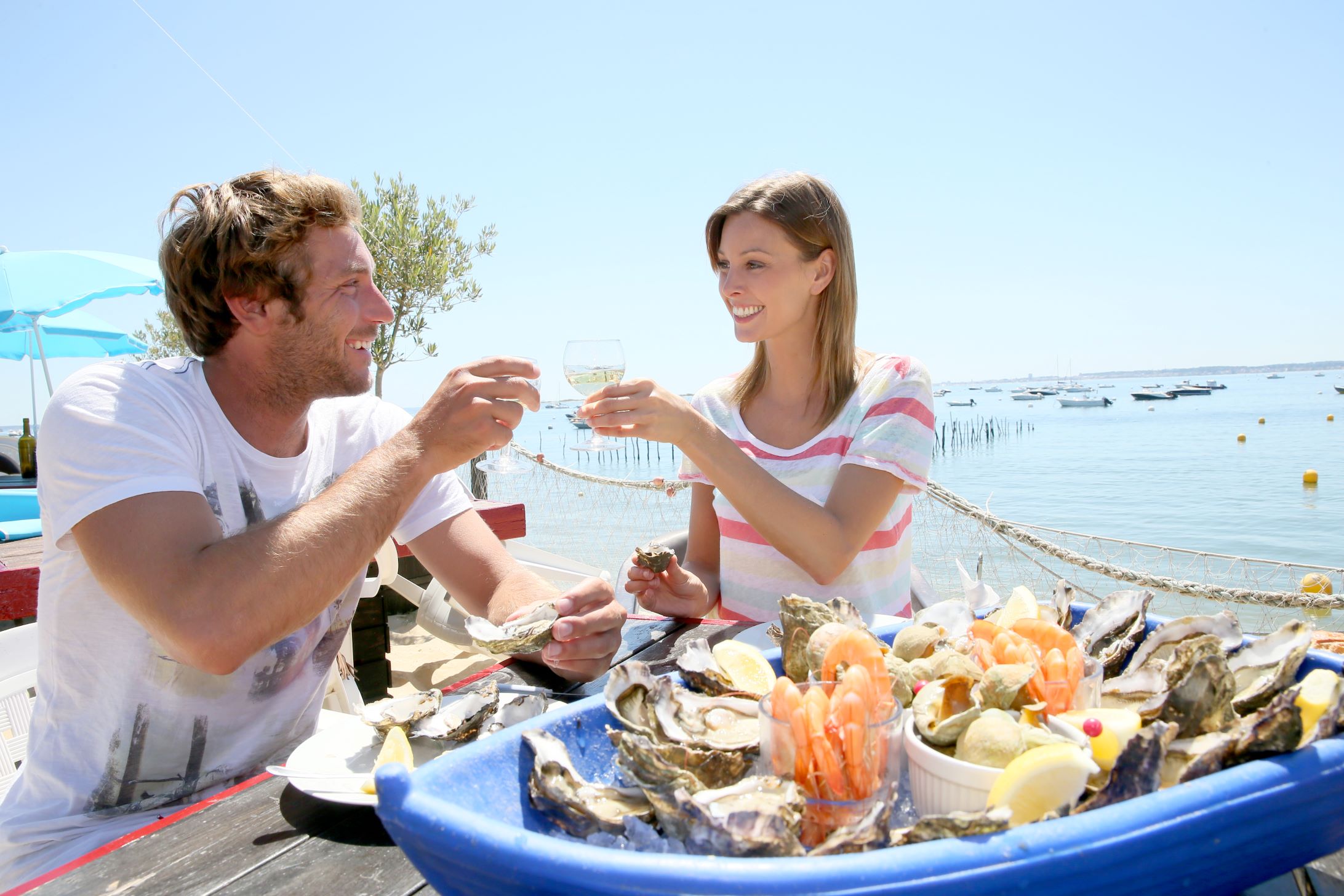Driving on the beach OBX
Off-roading or driving on the beach in OBX is a fun, unique way to see the seashore. Visitors have to follow specific rules and regulations but the spaces offered are more expansive than anywhere in the United States. Beach driving is allowed year-round on Hatteras Island, along with seasonal 4WD excursions from October 1-April 30 in scenic Nags Head and beautiful Kill Devil Hills.
Off-roading On The Outer Banks Beaches
Taking a 4WD out on the open sand to see the coastline is a thrilling experience. OBX is one of the rare places in the US to get out near the water, get up close and personal with wild mustangs and experience the adventure of a lifetime. Off-road vehicles (ORVs) are limited to certain times of the year and areas to protect nesting turtles, other wildlife, and visitors to OBX beaches. To keep things safe, signs are posted to advise drivers of specific rules. Drivers must stay 50 feet or further away from wild horses, have recommended equipment on board like a shovel and spare tire (in case you get stuck), and obey posted speed limits of 25 mph or 15 mph or slower near wild animals. No dune driving is permitted in 4WDs. To get the best out of a driving experience on OBX beaches, find out which equipment will help, where to drive for the best time, and some tips to make it fun (and safe) for everyone.
Equipment & Rentals
Some items are required to make driving on the beach in OBX a safe and fun experience. Check out some of the best things when venturing out on the sand.

Equipment & Rentals Info
- Permits: drivers won’t get far without a permit except in Carova. All 4×4 beach access points in Hatteras and Ocracoke Islands require a permit. Have it in the car before heading out as regular patrols will be out
- Traction mats: the soft sand often wreaks havoc on 4WDs. Place a traction mat under the tires if there is soft sand. Stay in harder-packed areas. They stack nicely and are durable. Don’t leave home without them
- Two straps: keep them in the car for recovering a vehicle that gets stuck. Hook the belt up to the vehicle, pull it tight, and then drag it out of the rut. Others may need assistance, so having one on hand is never a bad idea
- Shovel: get a heavy-duty shovel to keep sand clear from the tires. Compact tools can store without taking up too much room and may help you or someone else on the beach
- Tire pressure gauge: air down tires before heading out. Start at around 20 psi or lower and use a gauge to tell where pressure is in the tires at all times
- First Aid Kit: emergency vehicles or clinics may not be super close when out on the sand. Keep a trauma kit and basics to help in case of emergencies. Bring sunscreen, sting spray for any burns, and band-aids as well.
Check with local shops to see what you will need, as they can help stock your vehicle with all necessities for a great experience (unless you’re doing a tour, they may supply it).

Where to Drive
There are many places to bring a 4WD vehicle to explore. Here are some options:
Corolla: Access the beach at the north end of NC12 with year-round access permitted. Anywhere south of there is only accessible Oct 1-Apr 30. A permit is required along with parking permits from Friday before Memorial Day until Labor Day. Purchase early.
Kill Devil Hills: permitted access between Oct 1-Apr 30 at designated points. Get a driving permit from town, recognized by both Kill Devil Hills and Nags Head. Hatteras Island and Ocracoke: permit required, and vehicles must be registered, insured, and pass safety inspection. Pay attention to restrictions on days, times, and locations to access these beaches.

Tips for Off-Roading
Get on the beach with some great OBX rentals. Check out Outer Banks Jeep Rentals in Kill Devil Hills, Island Cruisers with vehicle delivery option, and Enterprise Rent-a-car. If you’re looking for other tips on how to make the most of a 4WD experience on the beach, here are a few to get you started:
- Only use a 4WD approved for access on the beach. Stay on packed sand and stay in approved areas
- Stay away from any wild horses, wildlife, or nesting areas for protected species
- Lower air pressure before departure and increase pressure after return
- Look for sand tracks to follow, making it a great route to follow the shoreline
- Spray down the truck before leaving the beach area
- Bring approved tools, medic kit, phone, and sense of adventure!
Driving on the Beach OBX F.A.Q.
Driving on the beach in OBX at night is available in the off-season of October through March or April. Outside that time, driving is restricted to these times to protect nesting sea turtles from May 1 to September 14. A valid permit is required.
ATVs, unlike 4WDs, are not allowed on OBX beaches from Corolla to Ocracoke Island. Portsmouth Island, part of Cape Lookout National Seashore, allows ATVs with some restrictions. This is to protect both humans and protected wildlife.
Permits for driving on the beach in OBX keep it safe for everyone. All OBX beaches except for northern 4WD beaches in Carova require it. The National Park Service provides them for Cape Hatteras National Seashore. Permits are needed before Memorial Day until Labor Day in Corolla/Carova.
Gas stations, convenience stores, or those close to ORV ramps have accessible air for vehicles. Often free on Hatteras and Ocracoke Islands, it helps keep the vehicle safe for driving after being on the beach. Too much air in the tires can get a person stuck on the beach. Lowering the air pressure to recommended amounts is recommended before heading out. Find out what equipment is needed before heading out and getting yourself stuck in the sand!









